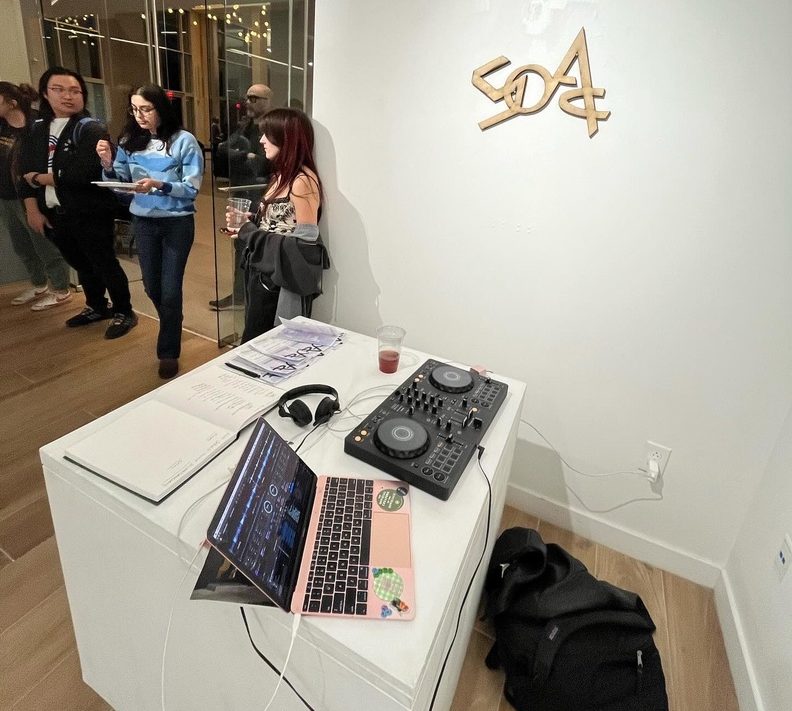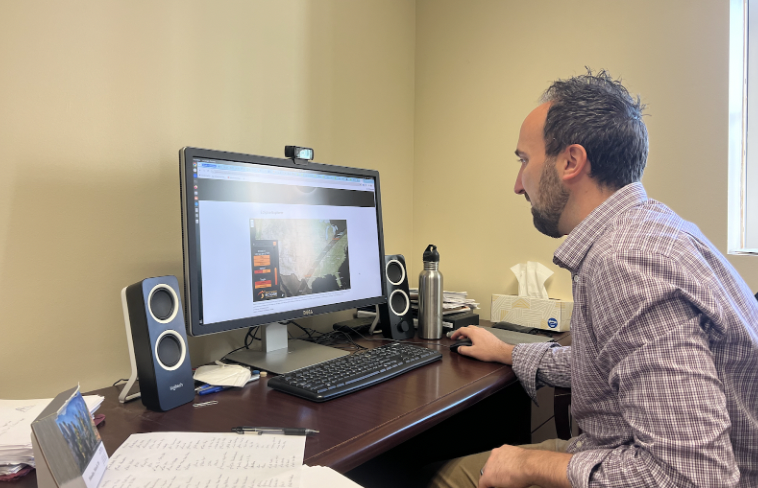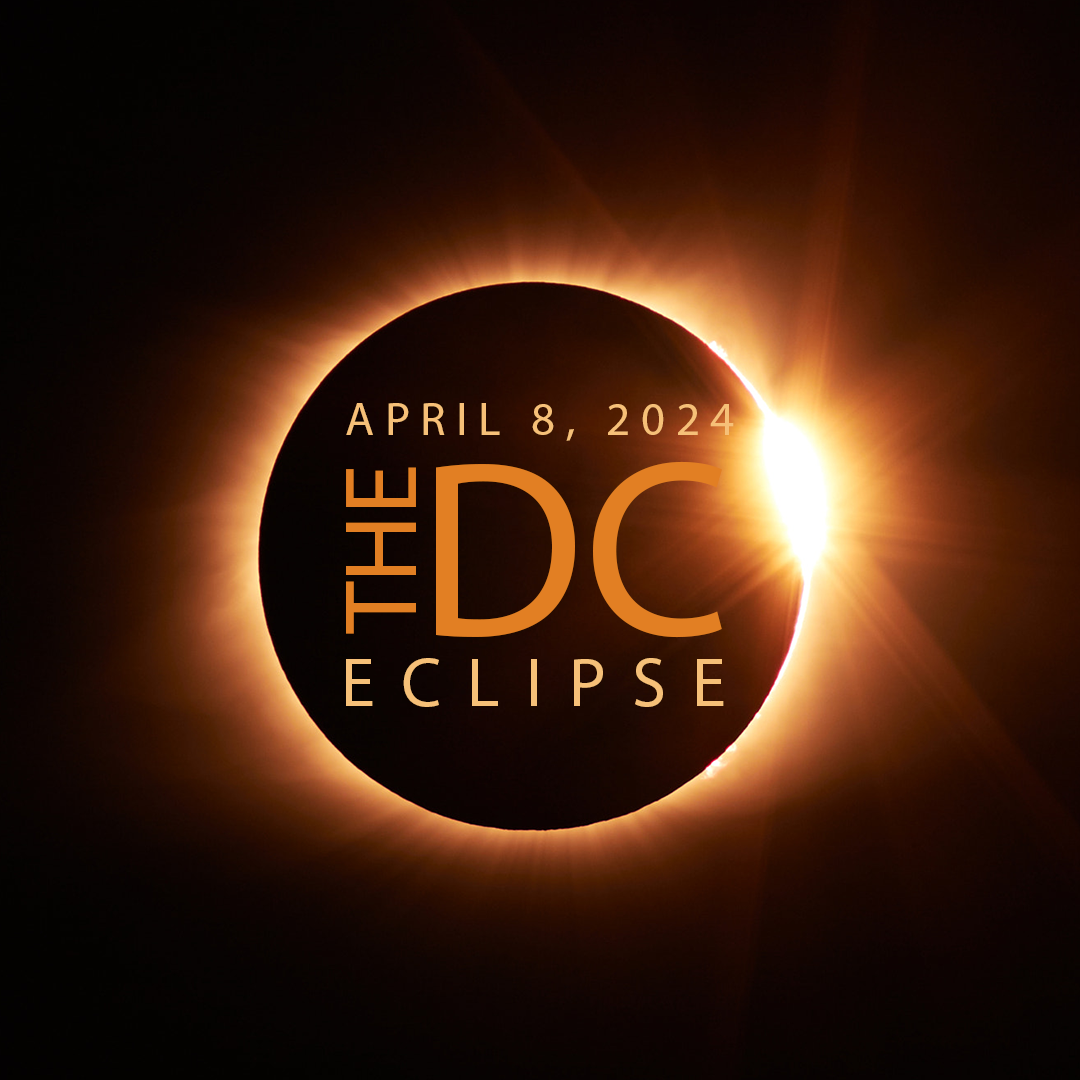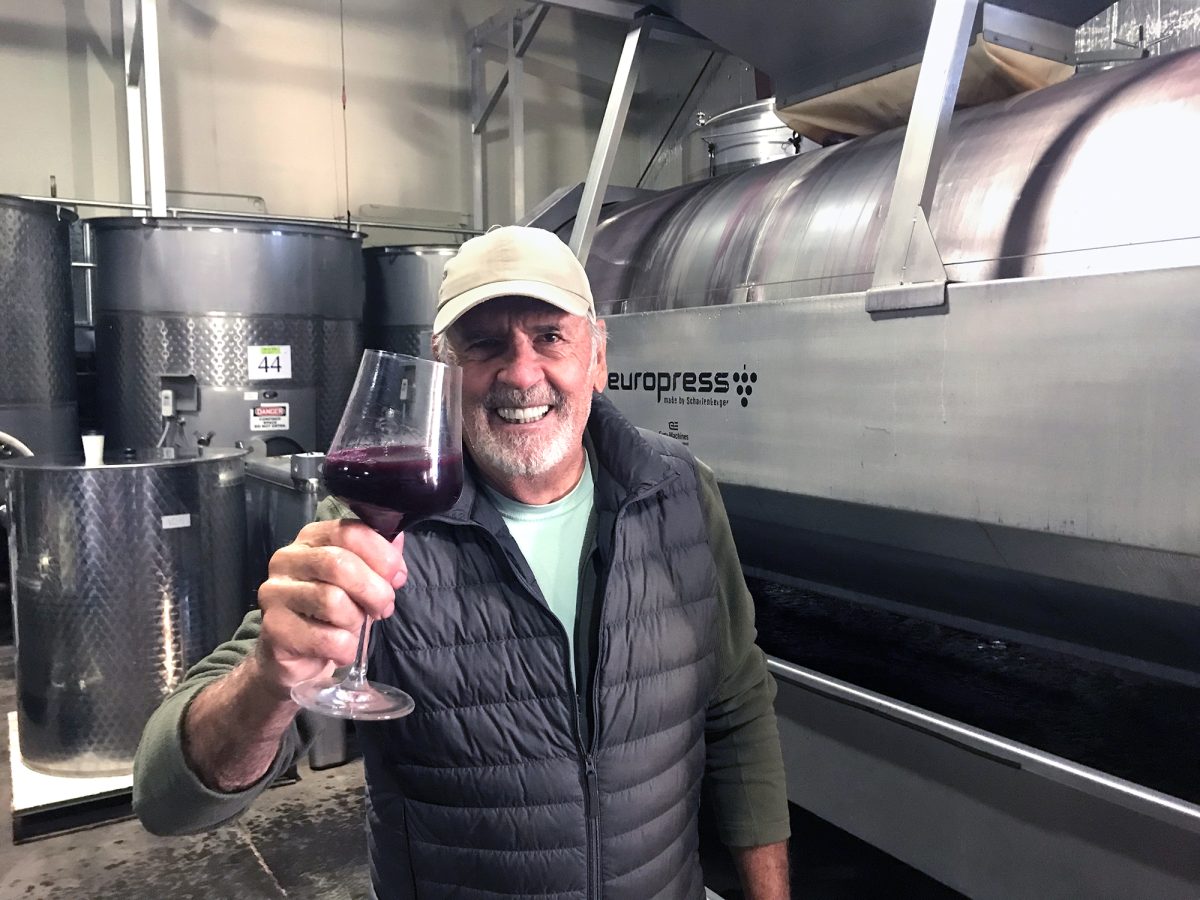It’s the music that gave its name to an entire age. It was an age of speakeasies, wealth and Al Capone. It was an age filled with flappers and expatriates. It was an age that roared just like the jazz that was its namesake.
It’s the music that Allen Ginsberg’s angel headed hipsters contemplated in their cold-water flats. It was the music that launched Jack Kerouac and Neal Cassady across America.
And on Thursday night that music came to SMU. The Meadows Jazz Orchestra played their fall concert in the Bob Hope Theater.
The evening began with a twist. The director of the orchestra, Akira Sato, was not present. In lieu of a director, visiting lecturer and professor of music theory Melissa Murray emceed the evening’s events.
But, as Murray assured the audience, the orchestra is so skilled that they don’t need the director for the performance. She was right.
The 22-piece ensemble played music from various decades and by various musicians.
The concert was comprised of ten songs. Each one had its own tempo and rhythm. Each one had its own mood and attitude. Each one had its own soloist.
The first piece started with a bang. The loud sound of “The Queen Bee” echoed through the deep maroon walls of the Bob Hope Theater like a gunshot in a cave.
Kaycee Morganto was the soloist for the first song. She made her way to the lone microphone with her shining saxophone. Her fingers hit each key with the precision of an skilled safecracker.
The second song, “I’ll Never Smile Again” reminded me of the music the GIs danced to the night before being shipped off to Europe. One last breath of home before hitting the beaches of an unfriendly continent. Brett Wyatt and his trombone blasted out a metallic sounding thunder for his solo. Each movement of his slide seemed effortless.
The tempo picked up for the third song. “At Long Last Love” is a hopping love song. Jesus Bermeo took his saxophone to the soloist’s microphone.
The fourth tune, “A Time for Love,” prominently featured interplay between the trumpets and the trombones. This song was different. It was somber and slow. Carmen Tinker played the upright bass, a staple of jazz music, with the slow, purposeful gliding fingers of those early jazz heroes.
For the fifth song, “What’ll I do,” the man at the piano shined. Sam Bartlett set his fingers loose on the ivory and ebony dance floor of the piano’s keyboard. He slammed out each note with the force of thunder behind his knuckles.
For the sixth song “Plunger Mute Syndrome” Derek Hawkes, his fellow trombones and the trumpets employed the classic technique of using plungers to muffle and manipulate the sounds.
After the end of song number six, the concert changed. A segment of the concert that was not in the program was sprung on the audience. Amanda Snider and her saxophone, Dylan Smith and his upright bass, and Bartlett on his piano performed “The Night has a Thousand Eyes.”
The seventh song on the program, “There is no Greater Love,” featured three soloists. Snider blasted on her saxophone. Smith took up his trumpet like Gabriel on judgment day. Brendan Johnson, the single guitar player, picked out his solo in a fluid harmony.
The orchestra ended the evening with “On the Sunny Side of the Street.” This song featured the trombones. They played both in unison and with an individuality that you can only find in jazz.
Much of jazz is improvised. All the musicians played songs by other people. But they put their own voice and their own soul to these notes on paper to create a whole new, once in a lifetime musical event.
This music is not just heard. This music is felt. It’s felt from the bottoms of your feet to the tips of your fingernails.














